calsfoundation@cals.org
Rockport (Hot Spring County)
| Latitude and Longitude: | 34º23’15″N 092º49’32″W |
| Elevation: | 328 feet |
| Area: | 3.15 square miles (2020 Census) |
| Population: | 676 (2020 Census) |
| Incorporation Date: | January 2, 1851 |
Historical Population as per the U.S. Census:
|
1810 |
1820 |
1830 |
1840 |
1850 |
1860 |
1870 |
1880 |
1890 |
1900 |
|
– |
– |
– |
– |
– |
– |
– |
– |
– |
– |
|
1910 |
1920 |
1930 |
1940 |
1950 |
1960 |
1970 |
1980 |
1990 |
2000 |
|
– |
– |
– |
– |
– |
162 |
158 |
231 |
388 |
792 |
|
2010 |
2020 |
|
|
|
|
|
|
|
|
|
755 |
676 |
|
|
|
|
|
|
|
|
Rockport is one of the oldest named places in Arkansas, and one of several communities that claims it was “almost” selected for the state capitol. Although the present city is overshadowed by Malvern (Hot Spring County), Rockport served as the county seat of Hot Spring County from 1846 to 1879 and was a landmark community of Arkansas for many years both before and after that time.
European Exploration and Settlement through Early Statehood
Large novaculite boulders in the bed of the Ouachita River made the location of Rockport ideal as both a river crossing and a resting place for weary river travelers. These boulders gave the community its name. A plaque in Rockport states that Spanish explorer Hernando de Soto visited the location in 1541, although current historians are less certain about the exact route that de Soto and his group traveled while west of the Mississippi River. French hunters and trappers definitely forded the river at this location. The Hunter-Dunbar Expedition struggled to navigate the rapids here on December 3, 1804, recording their experience in a travel diary. During the 1830s, the development of the Military Road (also called the Southwest Trail) used the boulders as a ford to cross the river. Around 1847, a bridge was completed across the Ouachita River at Rockport, which is said to be the first toll bridge built in Arkansas. Over the years, it repeatedly washed away and was rebuilt.
By that time, the settlement was already populated. Its most famous citizen was politician Lorenzo Gibson, who built a house on a bluff overlooking the river and who became, in 1837, Rockport’s first postmaster. Other early settlers were Colonel A. R. Givens, Henry Miller, and Samuel Emerson, who is credited with laying out the city and opening its first hotel. Three doctors and a lawyer also made their homes in Rockport while Arkansas was still a territory. Hot Spring County was formed in 1829, with its county seat at Hot Springs (Garland County), but the seat of county government was moved to Rockport in 1846. At that time, the city already had a grist mill, a shop where wagons were built, stores, and residences. A Methodist church was meeting in a private home as early as 1815; its first building, a log structure, was erected in 1836. Rockport Baptist Church began holding services in 1849 and also housed Rockport’s first school. New Hope Baptist Church was established in 1859.
Civil War through the Gilded Age
A new county courthouse was dedicated in 1860, just a few months before the outbreak of the Civil War. The Hot Spring County Hornets were the first of several military units to form in Rockport. A skirmish was fought at Rockport on March 25, 1864. Federal forces under General Frederick Steele camped near the nearly abandoned city, building a pontoon bridge to cross the river on the following day.
Following the war, the Cairo and Fulton Railroad offered to build tracks through the area with a depot in Rockport, but their offer was declined by city leaders. As a result, the tracks were located farther south, and the city of Malvern was established. That same year, 1873, a major fire devastated Rockport, destroying the county courthouse among other structures. Also that year, Garland County was created, greatly reducing the size and population of Hot Spring County. As a result of all three events, county leaders decided to build a new courthouse in Malvern, and the county government was moved there in 1879. The population of Rockport began to decline. The Ouachita Falls Lumber Company was a major employer in Rockport at the time, but lumber companies and brick factories in Malvern increasingly drew jobs to the newer city.
Early Twentieth Century through the Modern Era
After several false starts due to financial difficulties, developers managed to complete a plan to build an iron bridge across the Ouachita River to replace the older wooden bridge that had been washed away. The structure itself was begun on August 10, 1900, and completed on November 6 of the same year, with a dedication ceremony and community meal on November 8. The bridge was put on the National Register of Historic Places in 1992.
During the Arkansas Centennial Celebration in June 1936, President Franklin Roosevelt visited the state of Arkansas. After morning events in Hot Springs and lunch with businessman Harvey Couch, the president and his party attended a service at the Methodist church in Rockport, which was followed by a parade. After the parade, the group traveled to Little Rock (Pulaski County) for additional festive observances.
Since that time, Rockport has increasingly fallen into the shadow of Malvern. Interstate 30 crosses the city with an exit onto U.S. Highway 270 in Rockport, but the exit signs point drivers to Malvern. Students living in Rockport attend Malvern schools. Churches and businesses in Rockport frequently are advertized with Malvern addresses.
The city of Rockport includes one restaurant. Anthony Timberlands maintains a log storage site in Rockport as part of its larger operations. The Rockport Cemetery is listed on the National Register of Historic Places. The historic bridge was removed from the National Register after it was damaged by storms and flooding in 1987 and 1990; the last vestiges of the wreckage were removed in 2004.
For additional information:
Chesnutt, Edgar B. “Old Rockport.” Arkansas Gazette, June 7, 1936; reprinted in The Heritage 36 (2009): 144–150.
Erwin, J. Henry. “The Rockport Bridge.” The Heritage 12 (1985): 45–47.
Hardin, Elder C. H. “Rockport.” The Heritage 25 (1998): 146.
Massey, Elizabeth Duffie. A Pictorial History of Malvern and Hot Spring County. N.P., 1990.
“Rockport Bridge.” Bridgehunter.com. http://bridgehunter.com/ar/hot-spring/rockport/ (accessed August 6, 2022).
“You May Hear Some More about Rockport.” The Heritage 24 (1997): 134.
Steven Teske
Butler Center for Arkansas Studies
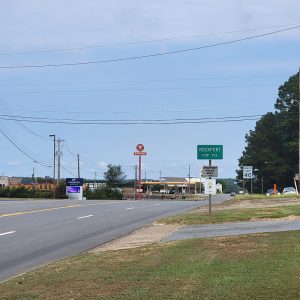
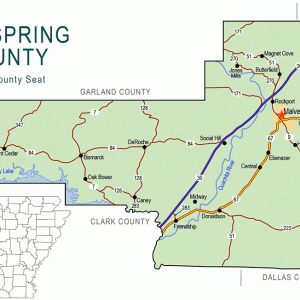
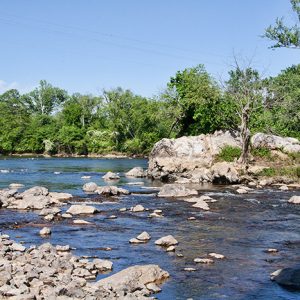
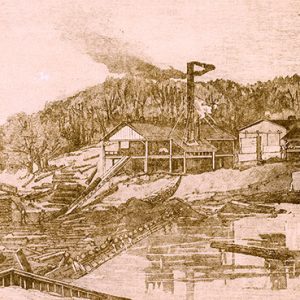
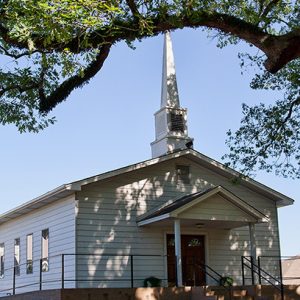
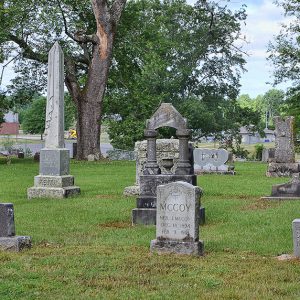
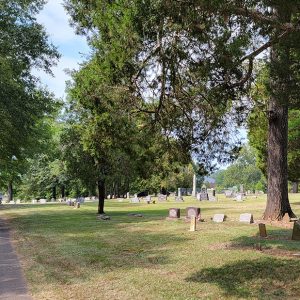
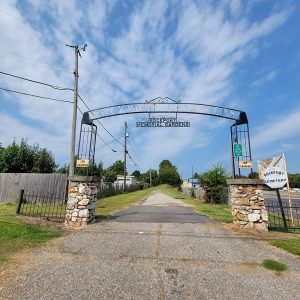




Comments
No comments on this entry yet.